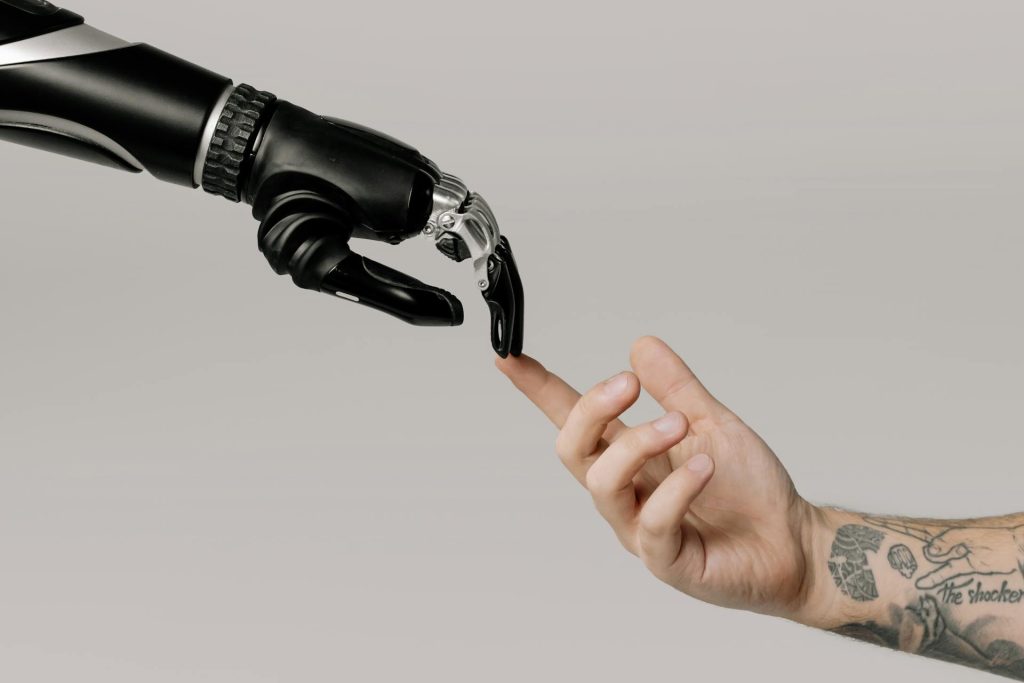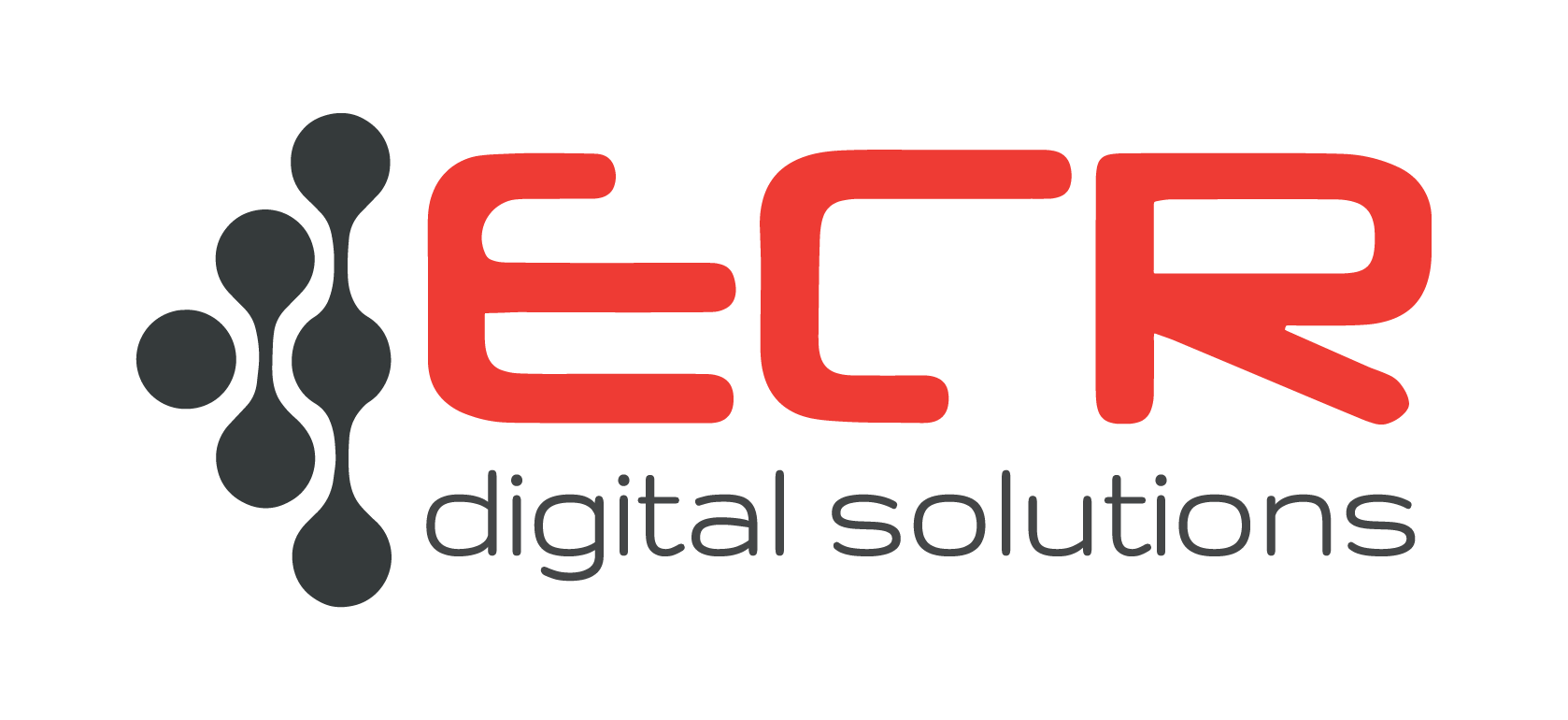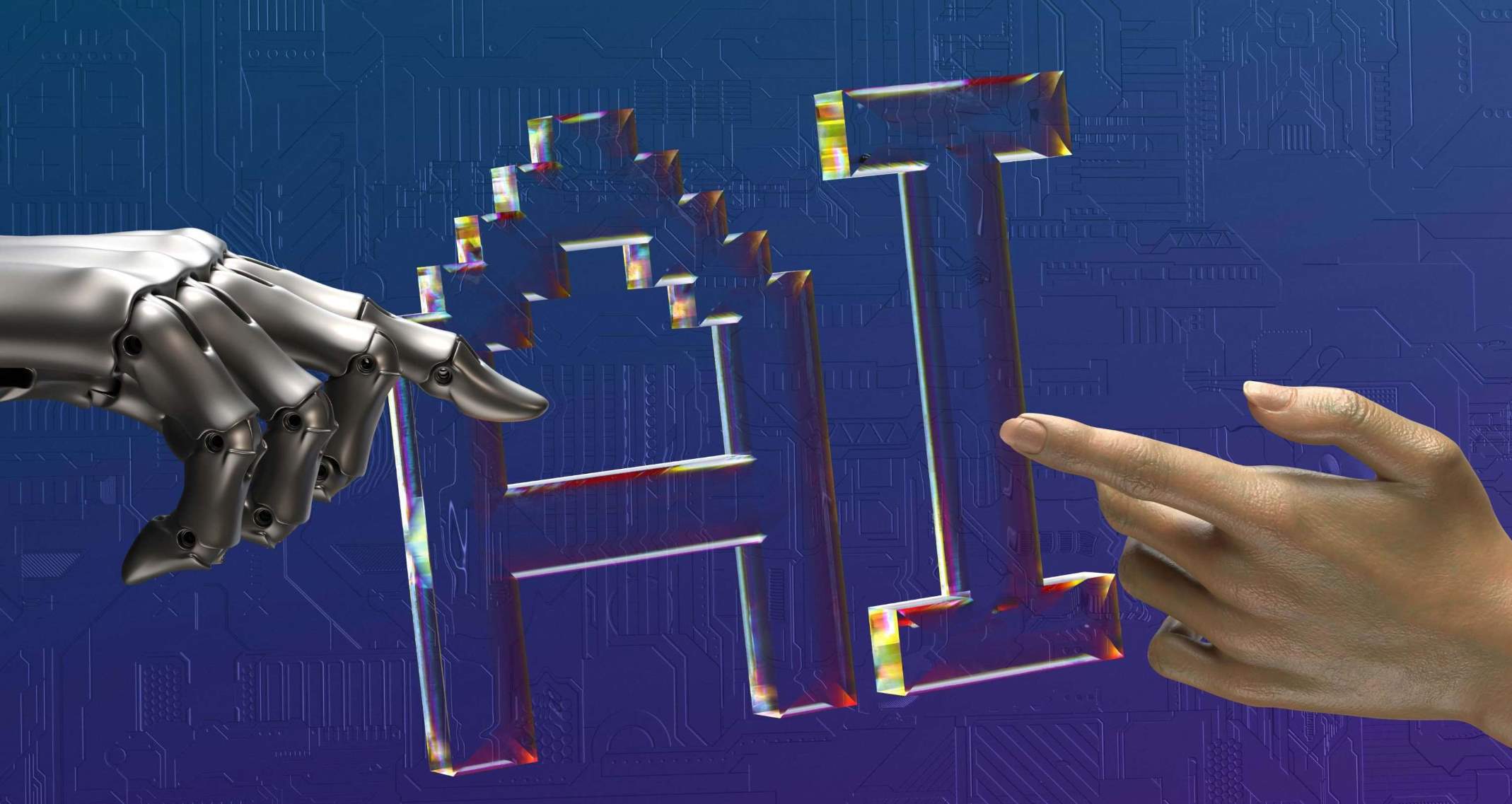What Makes The Power of ERP System?
Mon 30/12/2024 10m read 1213 views
Enhancing Employee Productivity Measurement Through Technology
In today’s fast-paced business environment, accurately measuring employee productivity is critical for organizational success. However, this task often presents significant challenges, including distinguishing between work and non-work time, reconciling estimated versus actual time spent, and identifying effective assessment criteria. Fortunately, advancements in technology offer innovative solutions to address these challenges.

Current Challenges in Measuring Productivity
- Differentiating Between Work and Non-Work Time: Employees often juggle multiple responsibilities, some of which may not directly contribute to their core job functions. Remote work, in particular, blurs the boundaries between productive and non-productive time. Manual tracking methods are not only inefficient but also prone to errors and inconsistencies.
- Discrepancies in Estimated vs. Actual Time Spent: Employees frequently misjudge the time required for tasks, either overestimating or underestimating their efforts. This discrepancy complicates project timelines, resource allocation, and performance evaluations.
- Establishing Clear Assessment Criteria: Productivity assessment often lacks standardized criteria, making it difficult to compare performance across teams and departments. Without clear benchmarks, assessments may appear subjective, leading to employee dissatisfaction and mistrust.
Criteria for Effective Productivity Assessment
To accurately measure productivity, organizations should consider:
- Task Completion: Evaluating the quantity and quality of completed tasks within a specified timeframe.
- Efficiency: Measuring how effectively employees utilize their time and resources.
- Engagement: Assessing participation in team activities, meetings, and collaborative efforts.
- Skill Utilization: Determining how well employees apply their skills and expertise to deliver results.
- Alignment with Goals: Ensuring individual tasks align with organizational objectives.
Technologies to Enhance Productivity Measurement
Modern technologies provide actionable insights to address these challenges:
- Time Tracking Tools: Applications like Toggl, Clockify, and RescueTime help monitor work hours by tracking time spent on specific tasks and projects. These tools differentiate between productive and non-productive activities, offering clear reports.
- Project Management Software: Platforms like Asana, Trello, and Monday.com track task progress and deadlines, providing visibility into actual time spent versus estimated time. These tools allow managers to identify bottlenecks and optimize workflows.
- Employee Monitoring Software: Tools such as Hubstaff and ActivTrak monitor employee activities in real-time, including active and idle periods, application usage, and website visits. These insights help distinguish work-related tasks from distractions.
- Artificial Intelligence and Machine Learning: AI-powered solutions analyze large datasets to identify patterns in employee performance, predict productivity trends, and suggest improvements. For example, AI chatbots can automate repetitive tasks, freeing employees to focus on high-priority work.
- Performance Analytics Dashboards: Integrating tools like Power BI or Tableau enables managers to visualize productivity metrics in real time. Dashboards can display individual and team performance, highlight deviations from goals, and inform decision-making.
- Wearable Technology: Wearable devices, such as fitness trackers, can monitor physical and mental well-being, providing insights into factors that impact productivity, such as stress levels and break frequency.
Best Practices for Implementing Technology
- Ensure Transparency: Clearly communicate the purpose and scope of productivity measurement tools to employees to foster trust and avoid resistance.
- Focus on Outcomes: Emphasize results rather than micromanaging daily activities. Productivity tools should support employees, not create undue pressure.
- Regular Feedback: Use technology to provide actionable feedback and recognize employee achievements, promoting continuous improvement.
- Respect Privacy: Balance monitoring with privacy concerns by anonymizing data and setting clear boundaries.
Conclusion
Technology has transformed the way organizations measure and enhance employee productivity. By addressing key challenges—such as differentiating work from non-work time, reconciling estimated and actual task durations, and applying meaningful assessment criteria—businesses can unlock the full potential of their workforce. Embracing time tracking, project management software, AI tools, and performance analytics not only drives efficiency but also fosters a culture of accountability and growth. With the right technology, productivity measurement evolves from a challenge into an opportunity for innovation and success.
Related articles










